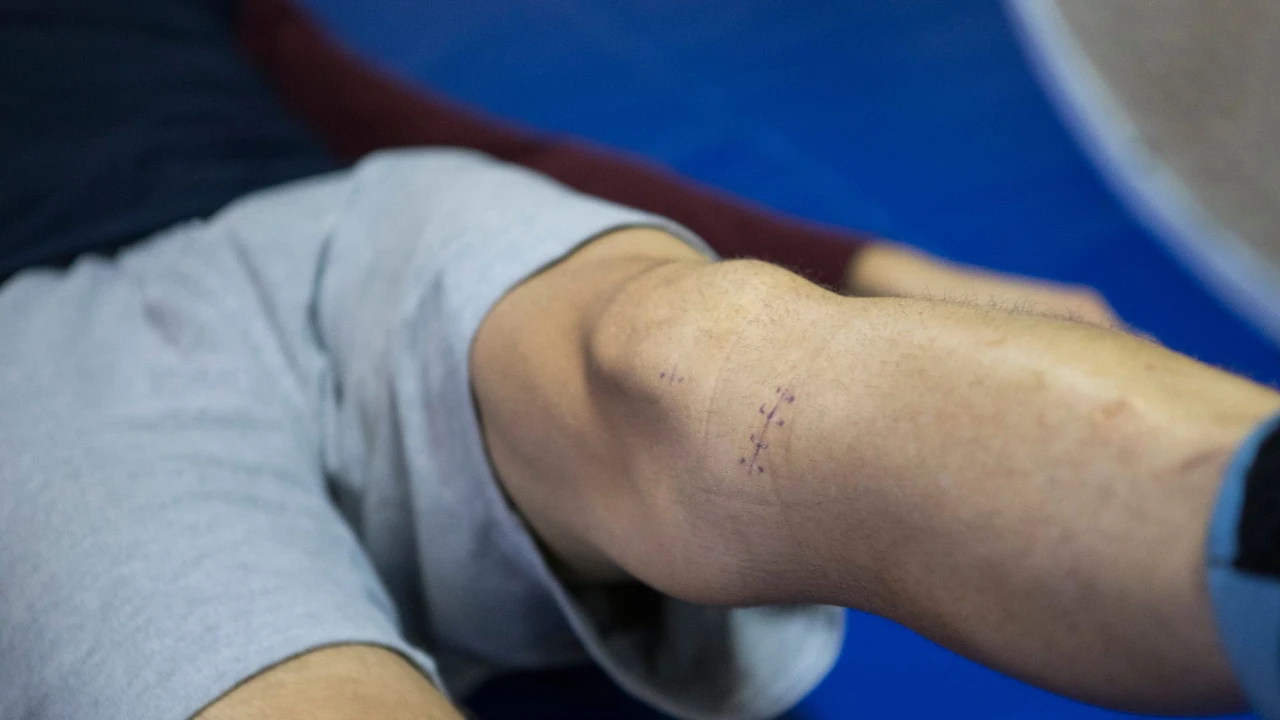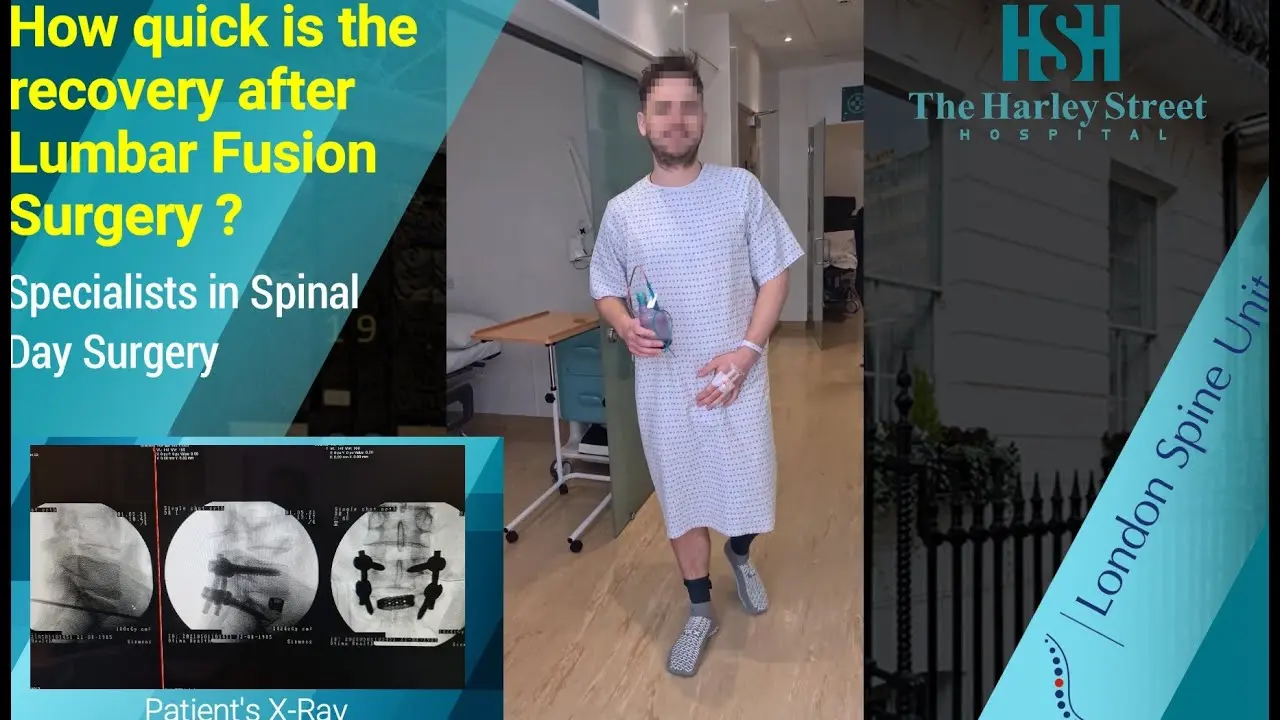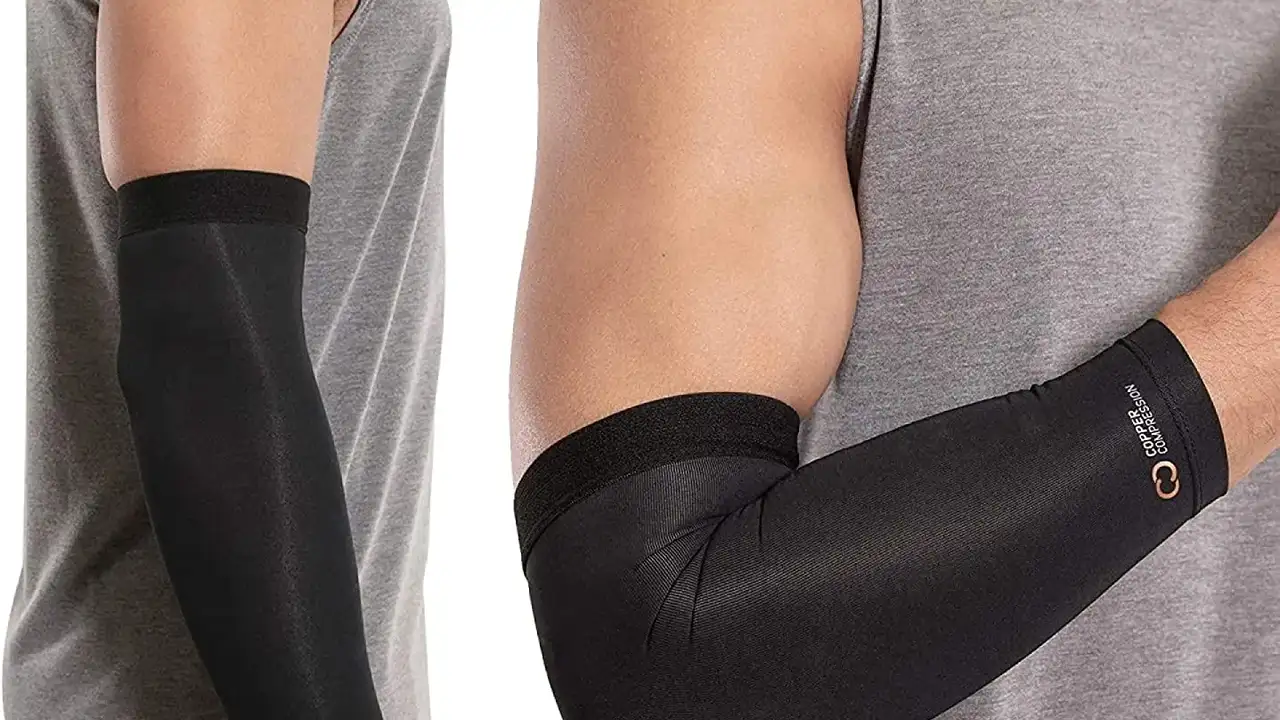ACL Tear: Understanding Treatment and Recovery

An ACL tear can be a devastating injury for athletes and active individuals. Understanding the nature of the injury, the treatment options available, and the recovery process is crucial for a successful return to activity. This comprehensive guide will delve into the specifics of ACL tears, explore various treatment approaches, discuss rehabilitation strategies, and offer insights into preventing future injuries. We'll also touch on specific products that can aid in recovery and provide comparisons to help you make informed decisions.
What is the ACL and Why is it Important
The anterior cruciate ligament (ACL) is one of the four major ligaments in the knee. It's located in the center of the knee and runs diagonally from the femur (thighbone) to the tibia (shinbone). The ACL's primary function is to prevent excessive forward movement of the tibia relative to the femur, and it also provides rotational stability to the knee joint.
Think of the ACL as a crucial tether that keeps your shinbone from sliding too far forward. When this tether is damaged, the knee can become unstable, making it difficult to perform activities that require pivoting, twisting, or quick changes in direction. These activities are common in sports like soccer, basketball, football, and skiing, which explains why ACL tears are more prevalent among athletes.
Causes and Mechanisms of ACL Tears
ACL tears typically occur as a result of a sudden twisting motion, hyperextension, or direct impact to the knee. Common scenarios include:
- Sudden stops or changes in direction: Planting the foot and quickly changing direction can put excessive stress on the ACL.
- Landing awkwardly from a jump: Incorrect landing mechanics can lead to hyperextension and ACL injury.
- Direct blow to the knee: A forceful impact to the outside of the knee can cause the ACL to tear.
- Hyperextension of the knee: Overextending the knee joint can strain and potentially tear the ACL.
Several factors can increase the risk of an ACL tear, including:
- Gender: Female athletes are more prone to ACL tears than male athletes, possibly due to differences in anatomy, muscle strength, and hormonal influences.
- Poor conditioning: Weak muscles surrounding the knee joint can increase the risk of injury.
- Improper technique: Incorrect form during athletic activities can place undue stress on the ACL.
- Previous ACL injury: Individuals who have previously torn their ACL are at a higher risk of re-injury.
Symptoms and Diagnosis of an ACL Tear
The symptoms of an ACL tear can vary depending on the severity of the injury. Common symptoms include:
- A popping sensation in the knee: Many people report hearing or feeling a "pop" at the time of the injury.
- Immediate pain: The pain can be intense and debilitating.
- Swelling: Swelling typically develops within a few hours of the injury.
- Instability: The knee may feel unstable or give way during weight-bearing activities.
- Limited range of motion: Difficulty bending or straightening the knee.
Diagnosing an ACL tear typically involves a physical examination by a doctor or physical therapist. The Lachman test and the anterior drawer test are commonly used to assess the stability of the ACL. An MRI (magnetic resonance imaging) scan is often used to confirm the diagnosis and rule out other injuries to the knee.
Non-Surgical Treatment Options for ACL Tears
Not all ACL tears require surgery. Non-surgical treatment options may be appropriate for individuals with partial tears, those who are less active, or those who are willing to modify their activities to avoid putting excessive stress on the knee. Non-surgical treatment typically involves:
- RICE (Rest, Ice, Compression, Elevation): This is the initial treatment for managing pain and swelling.
- Physical therapy: Strengthening the muscles around the knee, improving balance, and restoring range of motion.
- Bracing: A knee brace can provide support and stability to the knee.
- Activity modification: Avoiding activities that put excessive stress on the knee.
The success of non-surgical treatment depends on the severity of the tear, the individual's activity level, and their commitment to rehabilitation.
Surgical Treatment Options for ACL Tears
ACL reconstruction surgery is often recommended for active individuals who want to return to sports or activities that involve pivoting, twisting, or quick changes in direction. The goal of surgery is to restore stability to the knee and prevent further damage to the joint. The surgery typically involves replacing the torn ACL with a graft, which is a piece of tissue taken from another part of the body or from a donor.
Common graft sources include:
- Autograft: Tissue taken from the patient's own body, such as the patellar tendon, hamstring tendons, or quadriceps tendon.
- Allograft: Tissue taken from a deceased donor.
The choice of graft depends on several factors, including the surgeon's preference, the patient's activity level, and the patient's individual anatomy.
ACL reconstruction surgery is typically performed arthroscopically, which involves making small incisions and using a camera and specialized instruments to perform the procedure. This minimally invasive approach results in less pain, less scarring, and a faster recovery compared to traditional open surgery.
The ACL Reconstruction Recovery Process A Detailed Timeline
The recovery process after ACL reconstruction surgery is lengthy and requires a significant commitment to rehabilitation. The timeline can vary depending on the individual, the type of graft used, and the surgeon's protocol, but generally follows these phases:
- Phase 1 (Weeks 0-2): Focus on controlling pain and swelling, restoring range of motion, and regaining quadriceps control.
- Phase 2 (Weeks 2-6): Continue to improve range of motion, strength, and balance. Begin weight-bearing exercises and light cardio.
- Phase 3 (Weeks 6-12): Progress to more advanced strengthening exercises, including plyometrics and agility drills.
- Phase 4 (Weeks 3-6 Months): Focus on sport-specific training and gradually return to activities.
- Phase 5 (Months 6+): Continue to improve strength, power, and endurance. Return to sports with caution and under the guidance of a physical therapist.
It's important to follow the surgeon's and physical therapist's instructions carefully to ensure a successful recovery. Rushing the process can increase the risk of re-injury.
Essential Products for ACL Tear Recovery and Rehabilitation
Several products can aid in the recovery and rehabilitation process after an ACL tear. These products can help manage pain, reduce swelling, improve range of motion, and strengthen the muscles around the knee. Here are some key categories and specific product recommendations:
Knee Braces for ACL Support and Stability
Knee braces play a crucial role in protecting the ACL and providing stability to the knee joint during recovery. Different types of braces offer varying levels of support and are suitable for different stages of rehabilitation.
Types of Knee Braces
- Hinged Knee Braces: These braces provide medial and lateral support and control range of motion. They are often used in the early stages of recovery to protect the healing ACL.
- Functional Knee Braces: These braces are designed to provide stability during activity and are often used by athletes returning to sports.
- Sleeve Knee Braces: These braces offer compression and support and can help reduce pain and swelling. They are often used for mild instability or during activities that don't require a high level of support.
Product Recommendation: DonJoy Defiance III Custom Knee Brace
The DonJoy Defiance III is a custom-fitted functional knee brace that provides exceptional support and stability. It's designed for athletes and individuals who participate in high-impact activities. The brace is made from lightweight materials and features a custom hinge that allows for natural knee movement. It's a premium option, but the level of protection and support it provides is unmatched.
Use Case: Athletes returning to high-impact sports after ACL reconstruction.
Pricing: $700 - $1000 (depending on customization and retailer)
Product Recommendation: Bauerfeind Genutrain Knee Brace
The Bauerfeind Genutrain is a popular choice for individuals seeking a comfortable and supportive knee brace for everyday activities and moderate exercise. It features a viscoelastic pad that massages the knee joint and helps reduce pain and swelling. The brace is made from breathable materials and provides excellent compression.
Use Case: Individuals with mild to moderate knee instability or pain, suitable for everyday activities and moderate exercise.
Pricing: $150 - $200
Knee Brace Comparison
| Feature | DonJoy Defiance III | Bauerfeind Genutrain | |-------------------|----------------------|------------------------| | Support Level | High | Moderate | | Activity Level | High-impact sports | Everyday/Moderate Exercise| | Custom Fit | Yes | No | | Price | $$$$ | $$$ | | Key Benefit | Maximum stability | Comfort and support |Cold Therapy Systems for Pain and Swelling Management
Cold therapy is an effective way to manage pain and swelling after an ACL tear. Cold therapy systems provide consistent and controlled cooling to the knee, which can help reduce inflammation and promote healing.
Product Recommendation: Polar Products Active Ice 3.0 Cold Therapy System
The Polar Products Active Ice 3.0 is a popular cold therapy system that features a digital control unit and a comfortable knee wrap. The system allows you to customize the temperature and duration of treatment. The consistent cooling provided by the system can help reduce pain and swelling more effectively than traditional ice packs.
Use Case: Post-operative pain and swelling management, reducing inflammation after exercise.
Pricing: $200 - $250
Product Recommendation: Breg Polar Care Cube Cold Therapy System
The Breg Polar Care Cube is a simpler and more portable cold therapy system. It uses gravity to circulate cold water through a knee wrap. It's a more affordable option than the Polar Products Active Ice 3.0, but it still provides effective cooling.
Use Case: Portable cold therapy for pain relief and swelling reduction.
Pricing: $150 - $200
Cold Therapy System Comparison
| Feature | Polar Products Active Ice 3.0 | Breg Polar Care Cube | |-------------------|------------------------------|-----------------------| | Control | Digital | Gravity-fed | | Portability | Moderate | High | | Price | $$$ | $$ | | Key Benefit | Precise temperature control | Portability |Exercise Equipment for Strengthening and Rehabilitation
Strengthening the muscles around the knee is crucial for a successful recovery after an ACL tear. Exercise equipment can help you target specific muscle groups and gradually increase the intensity of your workouts.
Product Recommendation: Resistance Bands
Resistance bands are versatile and affordable exercise tools that can be used to strengthen the quadriceps, hamstrings, glutes, and other muscles around the knee. They come in various resistance levels, allowing you to gradually increase the challenge as you get stronger.
Use Case: Strengthening exercises for all stages of ACL recovery, improving flexibility and range of motion.
Pricing: $10 - $30 (for a set)
Product Recommendation: Balance Board
A balance board can help improve balance and proprioception (awareness of your body's position in space). This is important for preventing re-injury and improving overall knee stability.
Use Case: Improving balance and proprioception, enhancing knee stability.
Pricing: $20 - $50
Product Recommendation: Stationary Bike
A stationary bike is a low-impact way to improve cardiovascular fitness and strengthen the muscles around the knee. It's a good option for individuals who are not yet ready for weight-bearing exercises.
Use Case: Low-impact cardio exercise, strengthening leg muscles, improving cardiovascular fitness.
Pricing: $100 - $500+
Exercise Equipment Comparison
| Feature | Resistance Bands | Balance Board | Stationary Bike | |-------------------|-------------------|----------------|-----------------| | Muscle Focus | Multiple | Balance/Stability | Leg Muscles | | Impact Level | Low | Low | Low | | Price | $ | $$ | $$$ | | Key Benefit | Versatility | Stability | Cardio |Nutritional Supplements to Support Healing
While not a direct treatment, certain nutritional supplements can support the healing process and reduce inflammation. Consult with your doctor or a registered dietitian before taking any new supplements.
Product Recommendation: Omega-3 Fatty Acids
Omega-3 fatty acids have anti-inflammatory properties and can help reduce pain and swelling. They are also important for overall health.
Use Case: Reducing inflammation, supporting overall health.
Pricing: $15 - $30 per bottle
Product Recommendation: Vitamin D
Vitamin D is important for bone health and muscle function. Many people are deficient in vitamin D, so supplementation may be beneficial.
Use Case: Supporting bone health and muscle function.
Pricing: $5 - $15 per bottle
Product Recommendation: Collagen Peptides
Collagen peptides may help support cartilage health and reduce joint pain.
Use Case: Supporting cartilage health and reducing joint pain.
Pricing: $20 - $40 per container
Nutritional Supplement Comparison
| Feature | Omega-3 Fatty Acids | Vitamin D | Collagen Peptides | |-------------------|----------------------|-----------|--------------------| | Primary Benefit | Anti-inflammatory | Bone Health| Cartilage Health | | Price | $$ | $ | $$$ |Preventing Future ACL Injuries Key Strategies
Preventing ACL injuries is crucial, especially for athletes and active individuals. Implementing preventative measures can significantly reduce the risk of tearing the ACL and improve overall knee health. Here are some key strategies:
Proper Warm-up and Stretching
A thorough warm-up prepares the muscles and joints for activity, increasing blood flow and flexibility. Dynamic stretching, which involves active movements that mimic the activity you're about to perform, is particularly effective. Examples include leg swings, arm circles, and torso twists.
Strength Training
Strengthening the muscles around the knee, particularly the quadriceps, hamstrings, and glutes, provides support and stability to the joint. Focus on exercises that target these muscle groups, such as squats, lunges, hamstring curls, and glute bridges.
Plyometrics and Agility Training
Plyometric exercises, such as jump squats and box jumps, improve explosive power and landing mechanics. Agility drills, such as cone drills and shuttle runs, enhance coordination and balance. These types of training help prepare the knee for the demands of high-impact activities.
Proper Landing Technique
Learning how to land properly from jumps and other activities can significantly reduce the risk of ACL injuries. Focus on landing softly with your knees bent and your weight evenly distributed. Avoid landing with your knees locked or with your weight shifted to one side.
Neuromuscular Training
Neuromuscular training focuses on improving communication between the brain and the muscles. This type of training helps improve balance, coordination, and reaction time, which can reduce the risk of injury. Examples include balance board exercises and single-leg stance exercises.
Proper Footwear
Wearing shoes that provide good support and traction can help prevent slips and falls, which can lead to ACL injuries. Choose shoes that are appropriate for the activity you're performing.
Avoiding Overtraining
Overtraining can lead to muscle fatigue and increase the risk of injury. Make sure to get enough rest and recovery between workouts. Listen to your body and don't push yourself too hard, especially when you're feeling tired or sore.
Understanding Risk Factors
Being aware of the risk factors for ACL injuries, such as gender, previous injury, and poor conditioning, can help you take steps to reduce your risk. Work with a coach or physical therapist to develop a personalized training program that addresses your specific needs and risk factors.
The Importance of a Multidisciplinary Approach to ACL Tear Management
Managing an ACL tear effectively requires a multidisciplinary approach involving various healthcare professionals. This collaborative approach ensures comprehensive care, addressing not only the physical aspects of the injury but also the psychological and social factors that can impact recovery.
Key members of the ACL tear management team include:
- Orthopedic Surgeon: The orthopedic surgeon is responsible for diagnosing the ACL tear and performing surgery, if necessary.
- Physical Therapist: The physical therapist designs and implements a rehabilitation program to restore range of motion, strength, and function.
- Athletic Trainer: The athletic trainer works with athletes to prevent injuries and provide on-field care. They can also assist with rehabilitation.
- Sports Medicine Physician: The sports medicine physician specializes in the treatment of sports-related injuries and can provide non-surgical management options.
- Registered Dietitian: The registered dietitian can provide guidance on nutrition to support healing and recovery.
- Psychologist or Counselor: A psychologist or counselor can help individuals cope with the emotional challenges of an ACL tear and the recovery process.
By working together, these professionals can provide a holistic approach to ACL tear management, ensuring the best possible outcome for the individual.
Understanding ACL tears, treatment options, and the recovery process empowers you to make informed decisions and actively participate in your rehabilitation. Remember to consult with healthcare professionals for personalized guidance and support. With dedication and proper care, a successful return to activity is achievable.
:max_bytes(150000):strip_icc()/277019-baked-pork-chops-with-cream-of-mushroom-soup-DDMFS-beauty-4x3-BG-7505-5762b731cf30447d9cbbbbbf387beafa.jpg)






